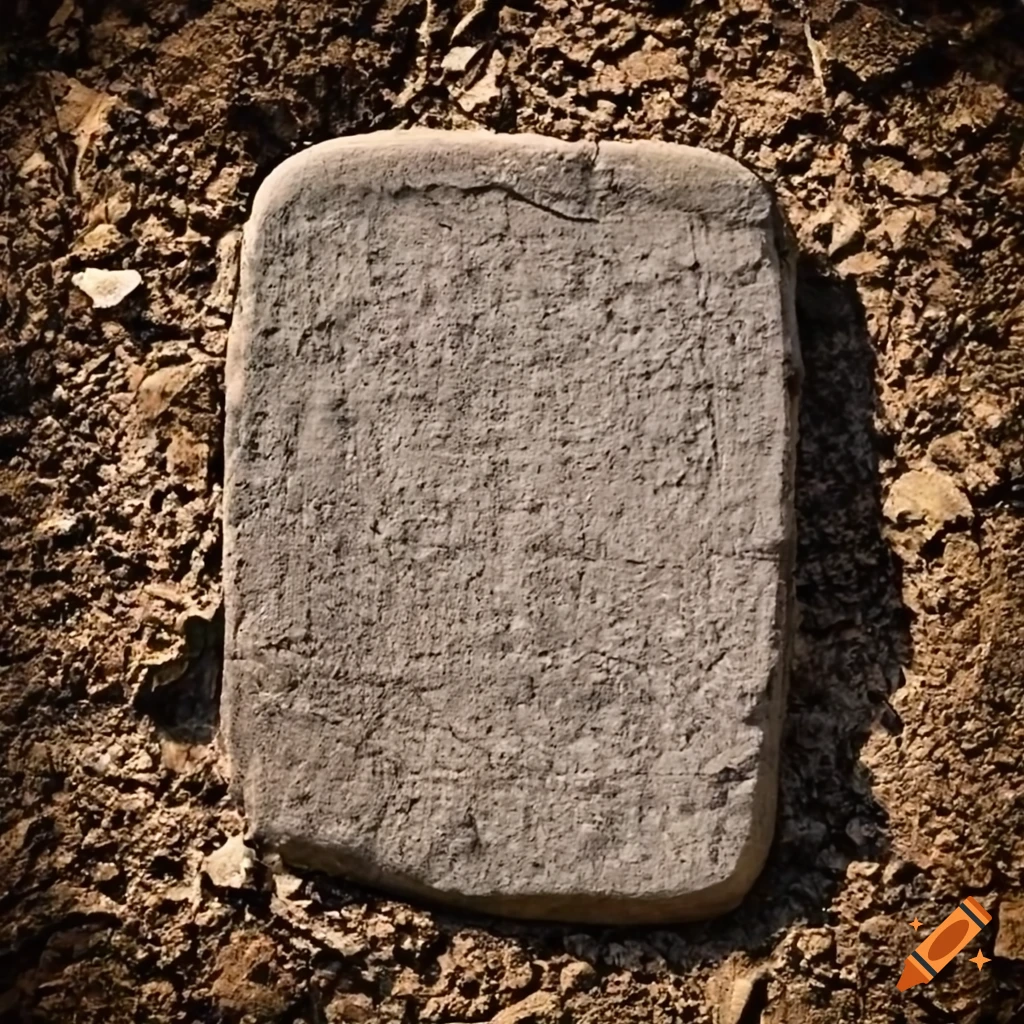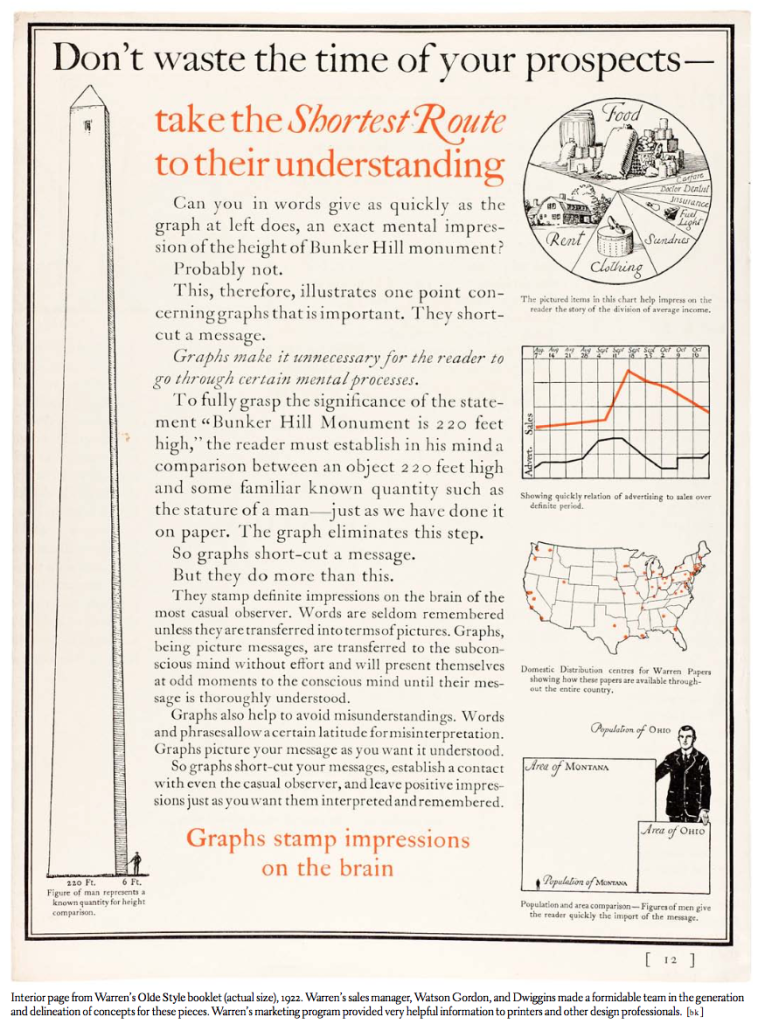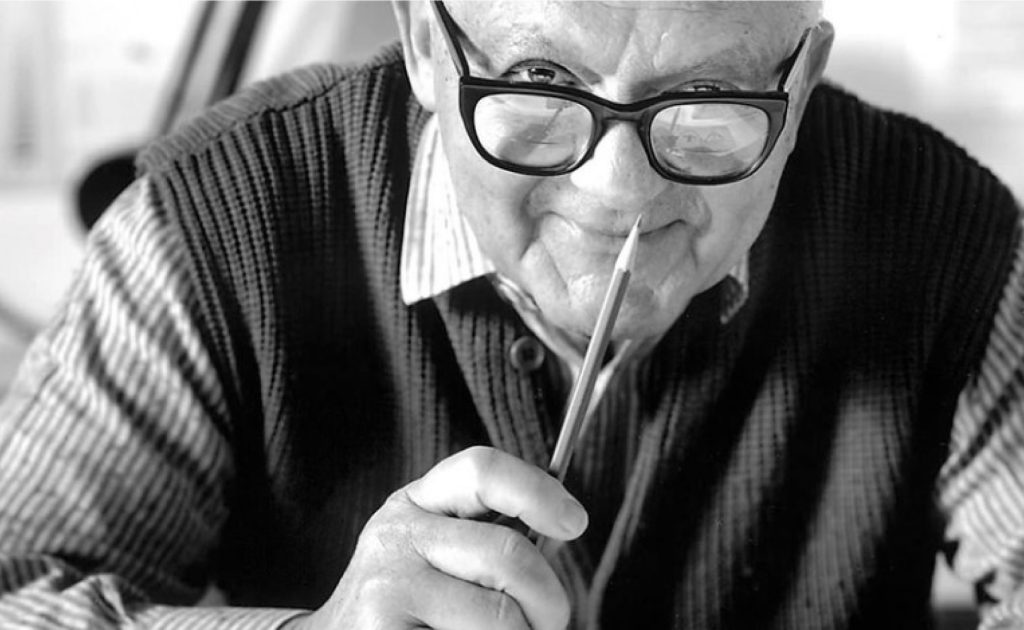Graphic design is such an integrated part of our world that many people can’t imagine living without it. In many ways, there hasn’t been a time without design. Human beings have been designing since life itself began––if you look at the details of the world, there is design everywhere, from the way our bodies are designed to architectural design.

Of course, there has been substantial progress in design, with a long journey from finger paintings and stone tablets to digital tablets and software programs.
Graphic design may be the art of creating graphics or visuals on a surface, but the art of designing itself is an act that spans the length of the human lifespan. The history of graphic design spans over the entirety of human existence, and covering it all briefly would be impossible.
However, understanding graphic design and how it has advanced throughout the years can inspire graphic designers and help them better understand trends and patterns. Designers can better understand their place in history, which can help them better understand their creativity and how to advance in the modern world. Let’s look at the history of graphic design and how it reached the advanced point we see today.
The Start of Visual Communication

We can trace the start of graphic design to visual communication, which began around 38,000 BC. During this period, cave paintings were the only means of communication. We can see from this that humans seem to have a natural drive to communicate and design built into them.
Communication focused on relaying important messages, so most paintings consisted of animals, weapons, handprints, and hunting-related things. Although we can’t quite decipher what they were communicating with these messages, it’s clear that this early visual communication was used for humans to communicate in some fashion with one another.
A Language Emerges

At first, design was merely visual communication and wouldn’t actually be considered a language. To the best of historians’ knowledge, Sumerians were responsible for creating one of the first written languages, considered one of the smartest man-made forms of design.
This early language wasn’t like our alphabet now––it was logographic, which means that icons represented entire words. From an early point, humans were capable of using visual concepts to communicate complicated ideas, which was one of the biggest steps toward graphic design. Designers still use this form of communication, using icons of food or drinks to explain entire words or concepts to viewers.
Printing is Invented

Graphic design wouldn’t exist without the important invention of printing, which came around in 200 CE. During this time, china used woodblock printing. This was the first concrete of printing and is what inspired Bi Sheng to invent the first movable type printing press in 1040.
This first printing press was made of porcelain, although a moveable type was eventually brought to Europe in 1439. In time, literature opened up to everyone, becoming accessible to nearly everyone. The Gutenberg press was the biggest push toward graphic design and made a substantial impact on individuals being able to access it.

Calligraphy in the Middle Ages
Typography emerged in a new era during the Middle Ages, with individuals being more creative and experimenting with letters and words.
Different scholars used different artistry when producing text by hand, making each piece unique and stand out from other scholars’ work.
This is when design first began to blossom as individuals started to work with different designs and improve their typography to express their artistic abilities.
The First Logo

We wouldn’t be discussing the history of graphic design if we didn’t discuss the first logo ever created. Technically, the coat of arms was used to represent territories or family houses.
This could be seen on shields and battle armor, similar to how sports teams wear logos on their uniforms to represent their teams. It’s theorized that this became popular during the Crusades in 1100 when it was imperative that individuals could be told apart by where they belonged. The easiest way to do this was with logos.

Signs
Beer and ale became increasingly popular in the 14th century and were considered an alternative to drinking water. King Richard II of England lawed that all alehouses had to have signs out front showing that they offered ale so it would be easier for individuals to find it.
This was the first form of signage and a revolutionary moment in graphic design as more people started to get creative with their designs and forms of advertising.

The First Offical Logos
In the late 1400s, the printing industry was the first to officially use logos. Mass communication was significantly changed after the invention of the Gutenberg press in 1439.
The printing industry began to get competitive in showing how they could show off their printing skill, and how well the logo was printed reflected how good the printing company was. During this period, logos became increasingly popular as printing presses continued to print them.
Chromolithography

In 1837, graphic design continued to progress as more technological advancements were made. The ability to print in color or chromolithography was discovered, which allowed advancements in advertising and the recreation of paintings for home decor.
This allowed brands to start using methods that we still use in graphic design today, such as connecting with their audience through color and shapes.
The First Design Agency
In 1903, the first design agency, The Wiener Werkstätte, opened. The agency capitalized on the opportunity when it saw that more and more companies were recognizing the benefit of using graphic design.

The name simply meant “Vienna workshop,” and it was the first to offer visual artists, early graphic designers, and architects. This was a big moment in history for graphic design, as it paved the way for many other agencies to follow and have a baseline of what to offer.
Graphic Design

The term “graphic design” was first used in 1922.
William Addison Dwiggins published an article titled “New Kind of Printing Calls for New Design” in 1922 and used the term “graphic design” to explain his role in managing and structuring visuals in book design.
This was when designers were confused about how to describe their job to non-designers exactly.
Paul Rand

The history of graphic design wouldn’t be complete without mentioning Paul Rand, commonly known as the father of design.
Rand was a legendary graphic designer who significantly shaped graphic design into what we know it as today.
He published his book “Thoughts on Design” in 1947 to share his theories on design ideologies. This book was legendary in shaping the graphic design industry.
Graphic Design History is Ongoing
After Paul Rand, there were advancements and changes in graphic design as changes came to technology. As there is a history to graphic design, there is also a future.
The history of graphic design is constantly evolving, as we can tell from the way that graphic design went from cave paintings to digital software.
As design is constantly changing, it’s important to be aware of the new trends and technology that are coming.